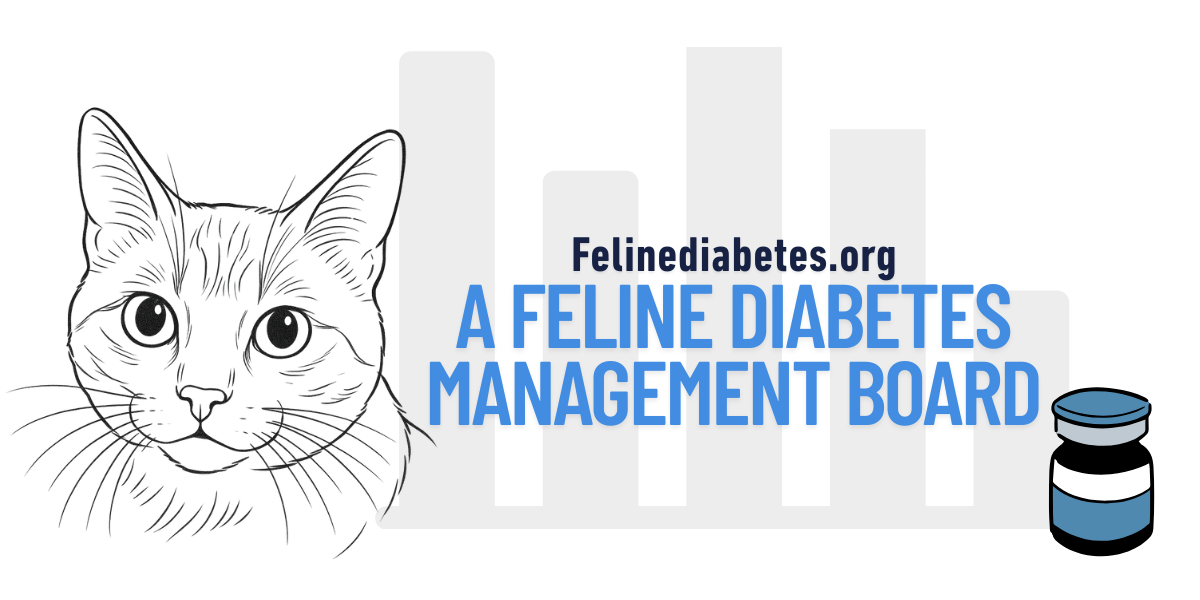Tim & Pookey
Member
Hi all,
Previous post:
https://felinediabetes.org/fdmb//threads/5-9-pookey-vet-visit-completed.93/
We just got the lab values back and into the spreadsheet.
Kidney values are normal, but on the higher end of normal. She really wants the us to collect a urine sample to look for early signs of kidney disease (not sure what value that is in the urine test).
Albumin and cholesterol are high but she is not too concerned since we didn't fast and he hadn't had any water before the test.
My initial reaction - I'm so relieved that his kidney and phosphorus values are "normal", along with T4. I know how much those conditions complicate things for a diabetic.
Also - 144 glucose? Vet stress??
Curious to see anything else you all spot, I'll be digging into it a bit more tomorrow.
Have a great day! - Tim
Previous post:
https://felinediabetes.org/fdmb//threads/5-9-pookey-vet-visit-completed.93/
We just got the lab values back and into the spreadsheet.
Kidney values are normal, but on the higher end of normal. She really wants the us to collect a urine sample to look for early signs of kidney disease (not sure what value that is in the urine test).
Albumin and cholesterol are high but she is not too concerned since we didn't fast and he hadn't had any water before the test.
My initial reaction - I'm so relieved that his kidney and phosphorus values are "normal", along with T4. I know how much those conditions complicate things for a diabetic.
Also - 144 glucose? Vet stress??
Curious to see anything else you all spot, I'll be digging into it a bit more tomorrow.
Have a great day! - Tim
